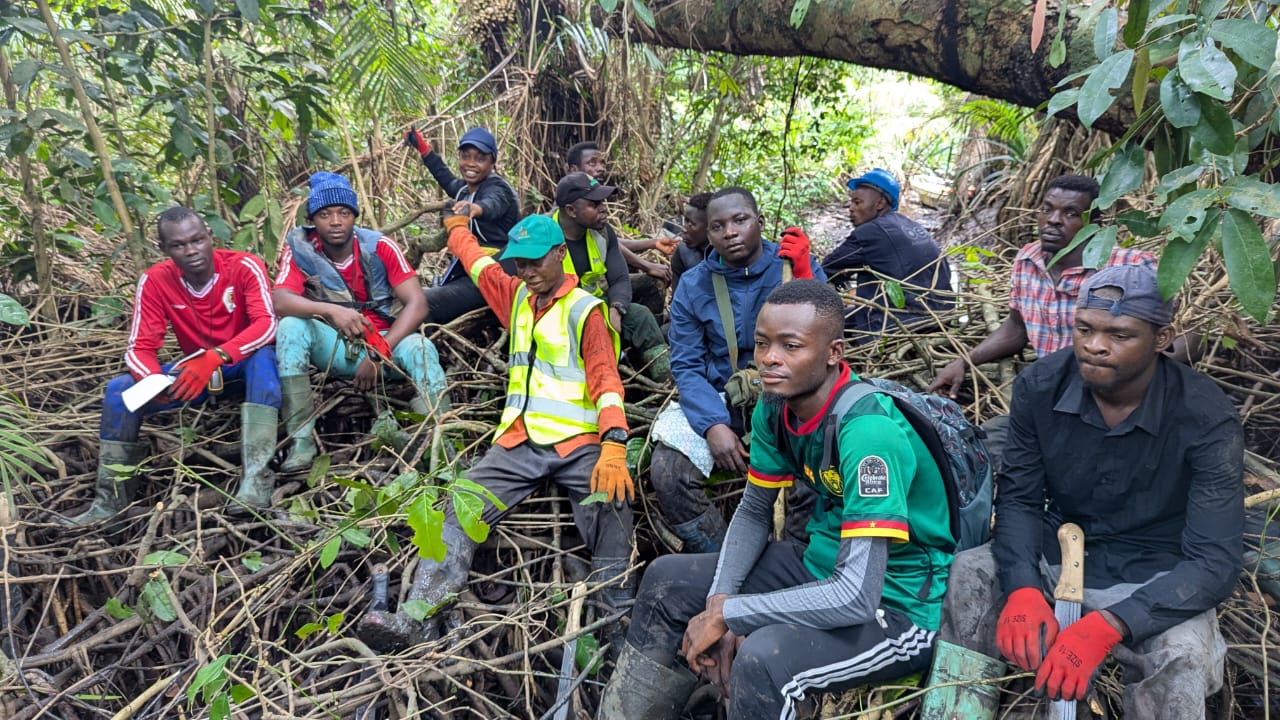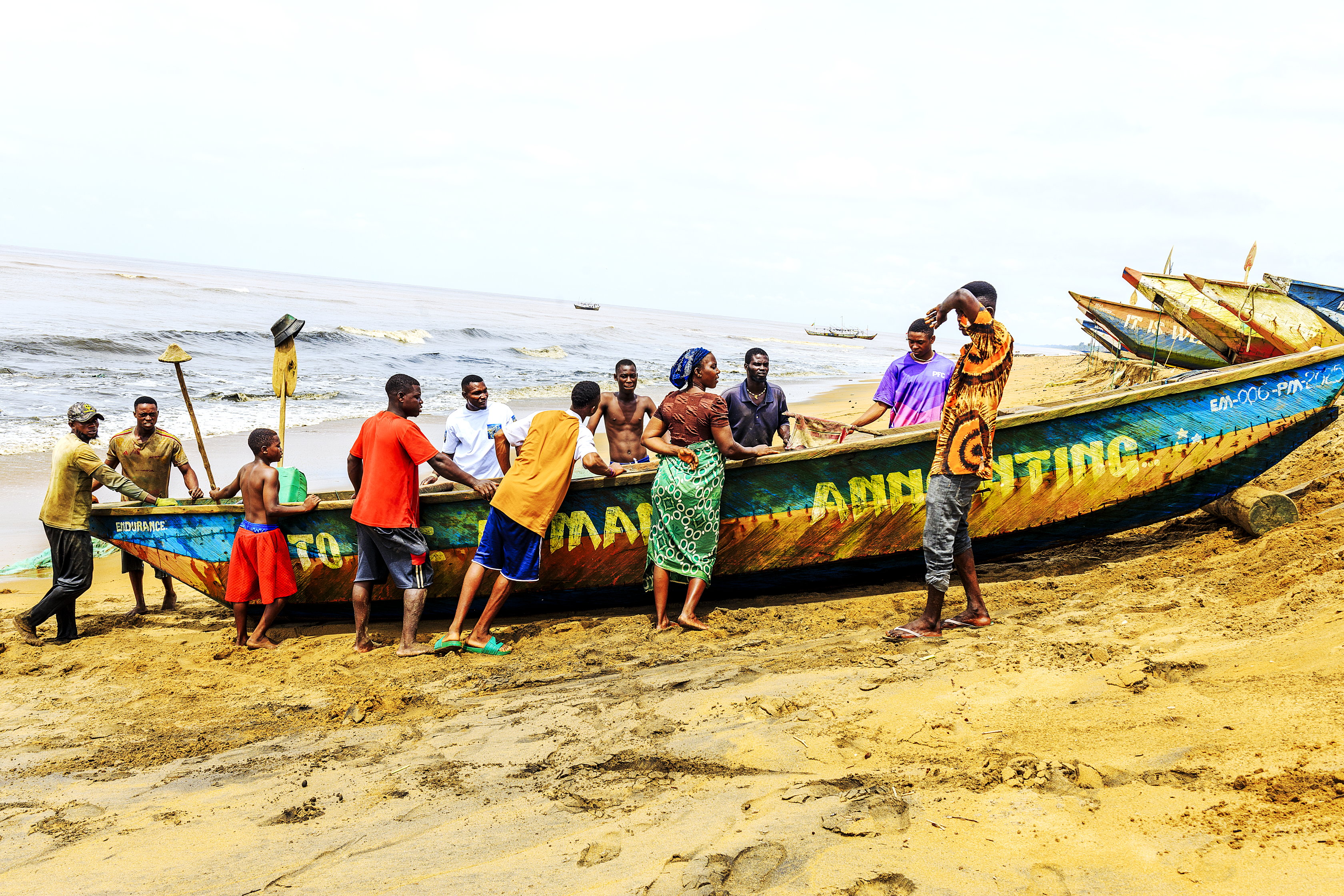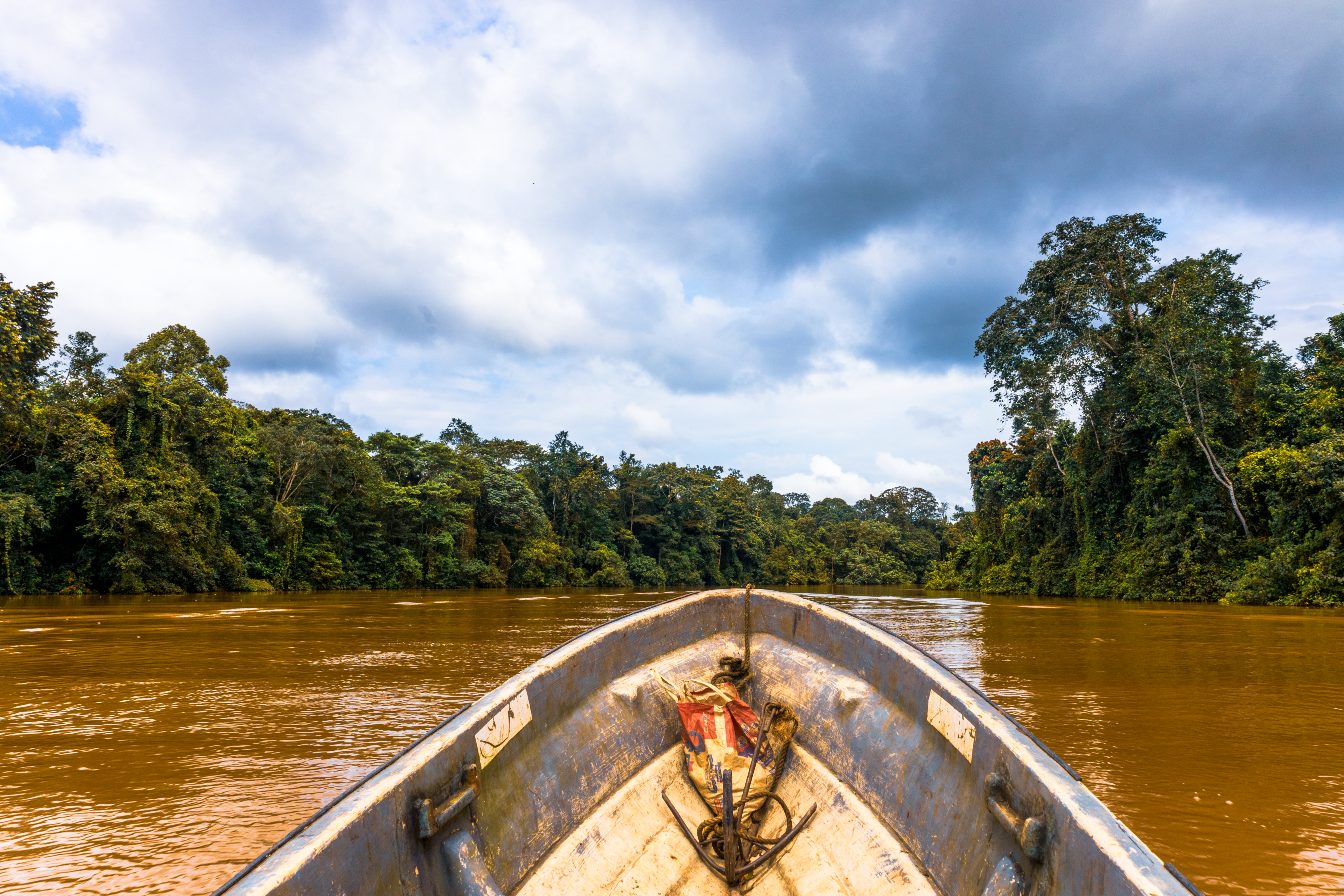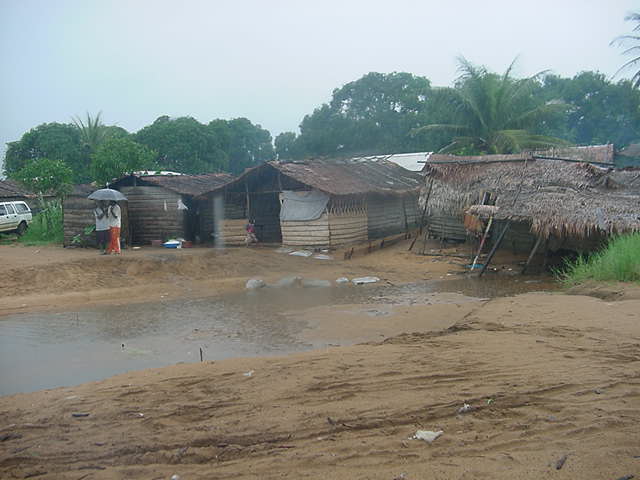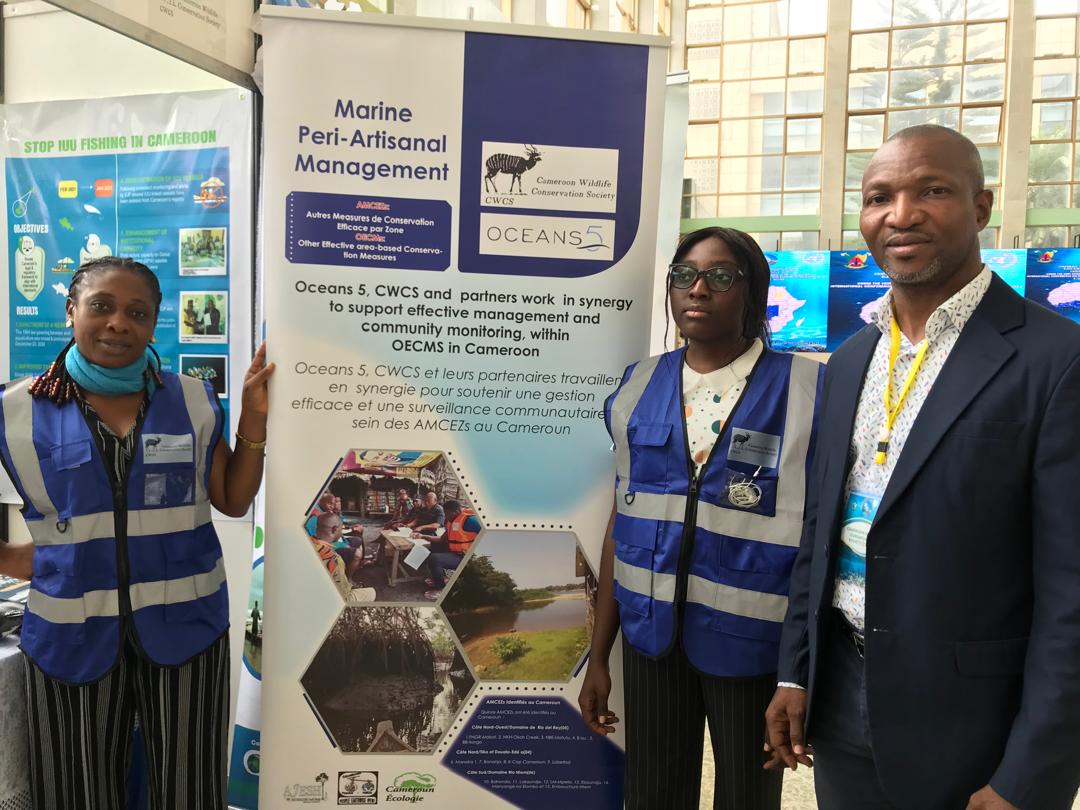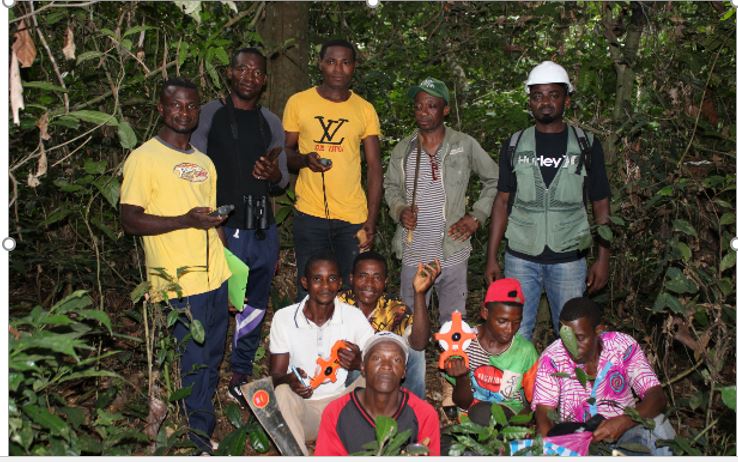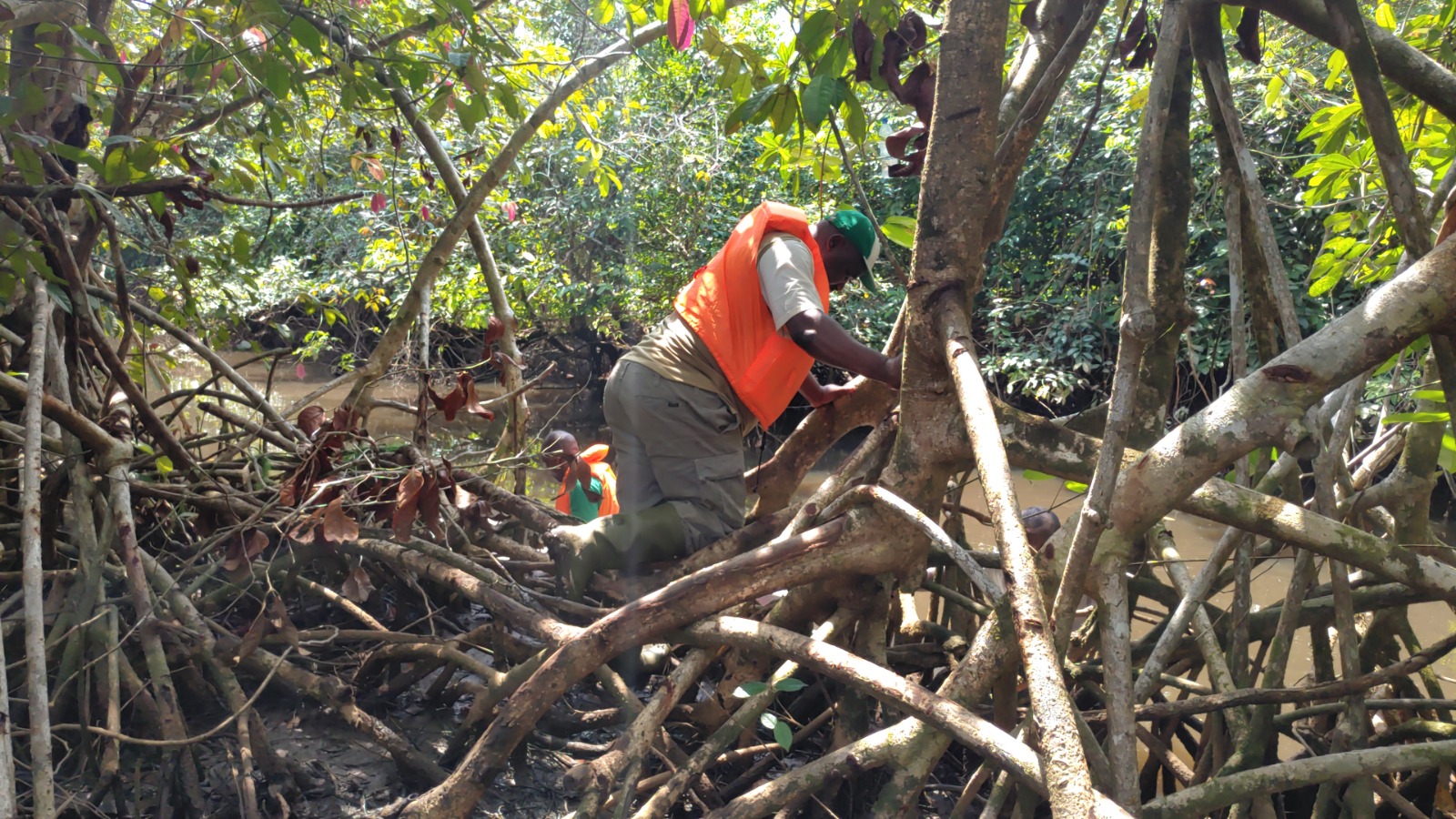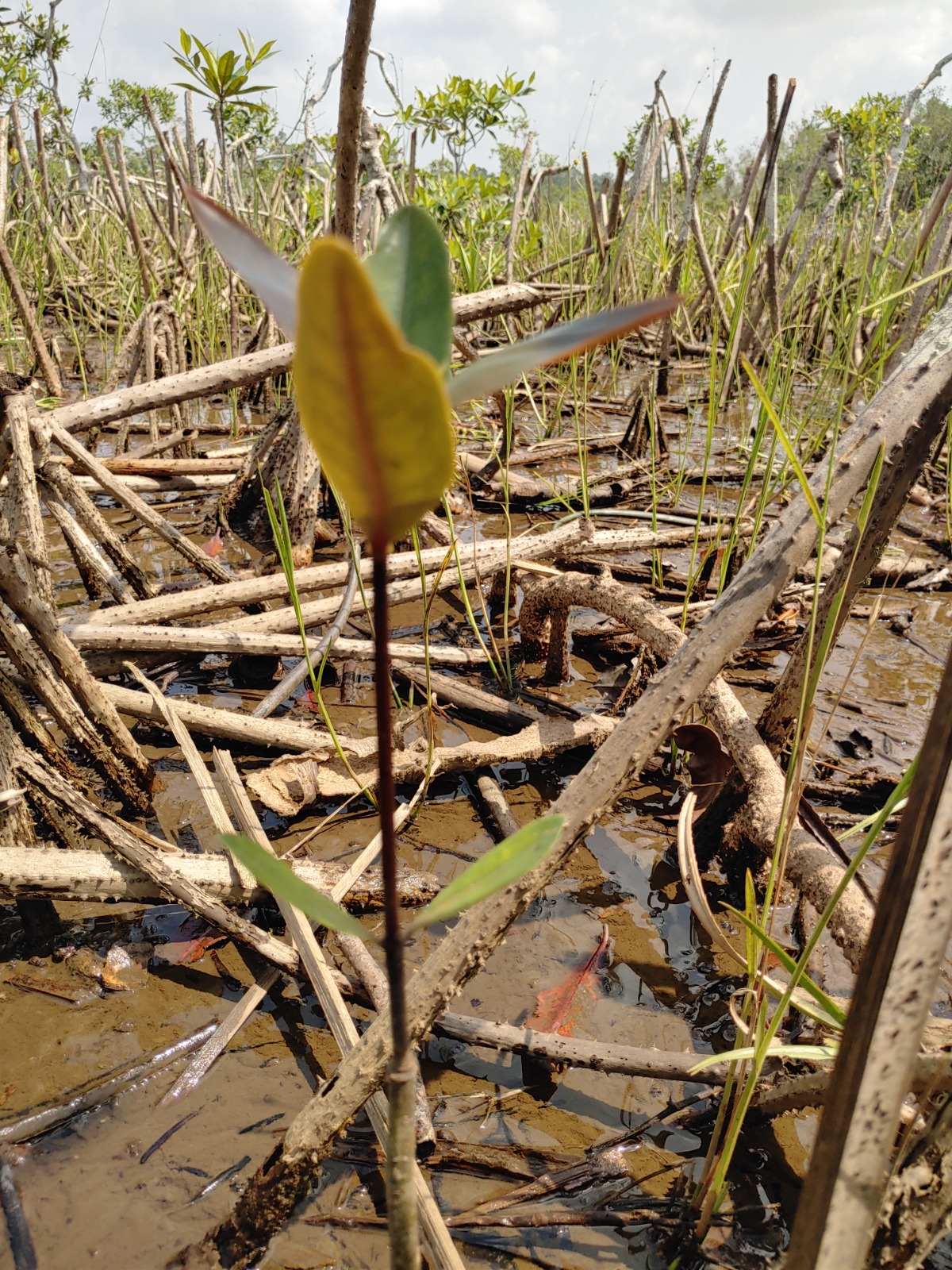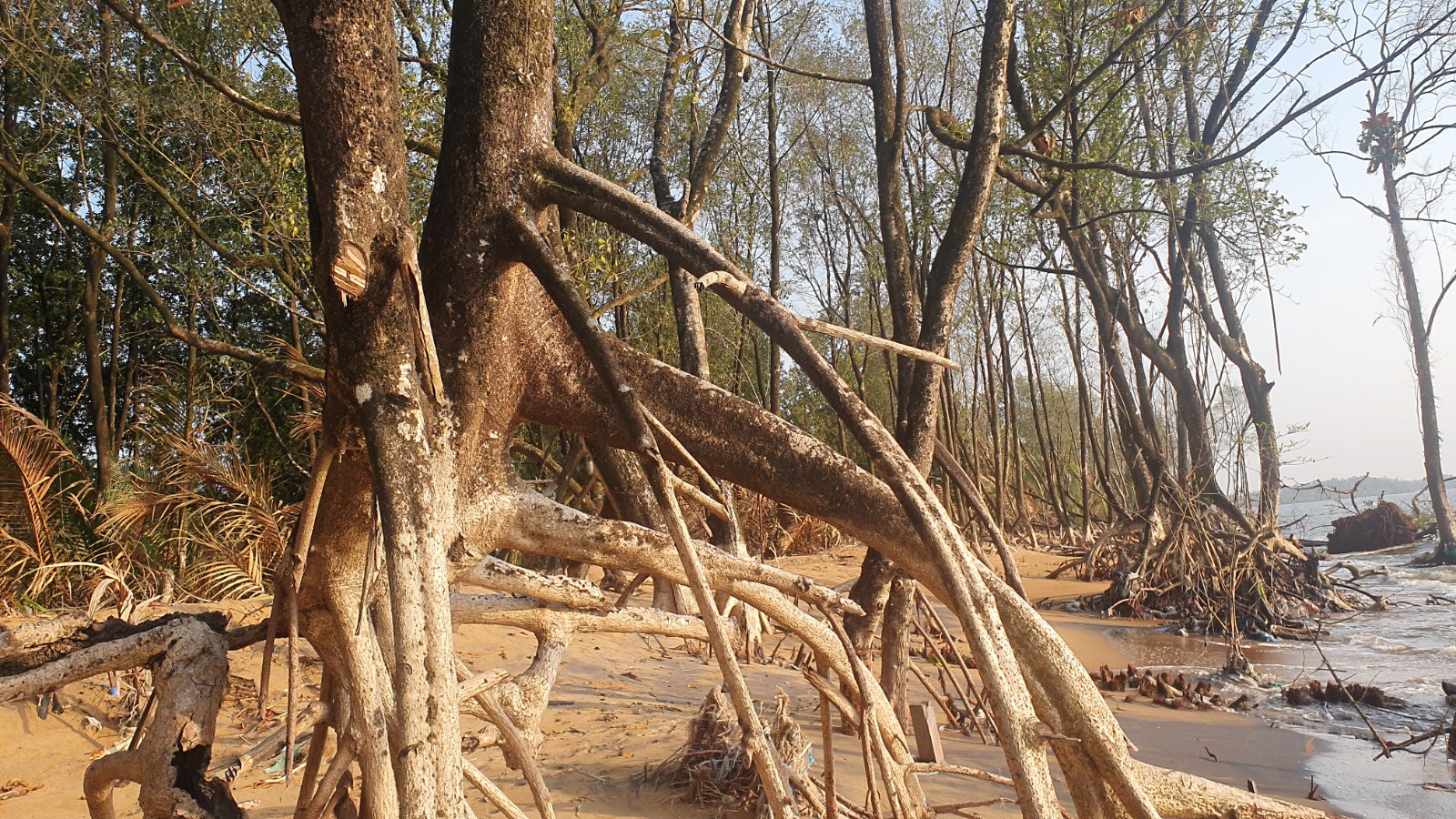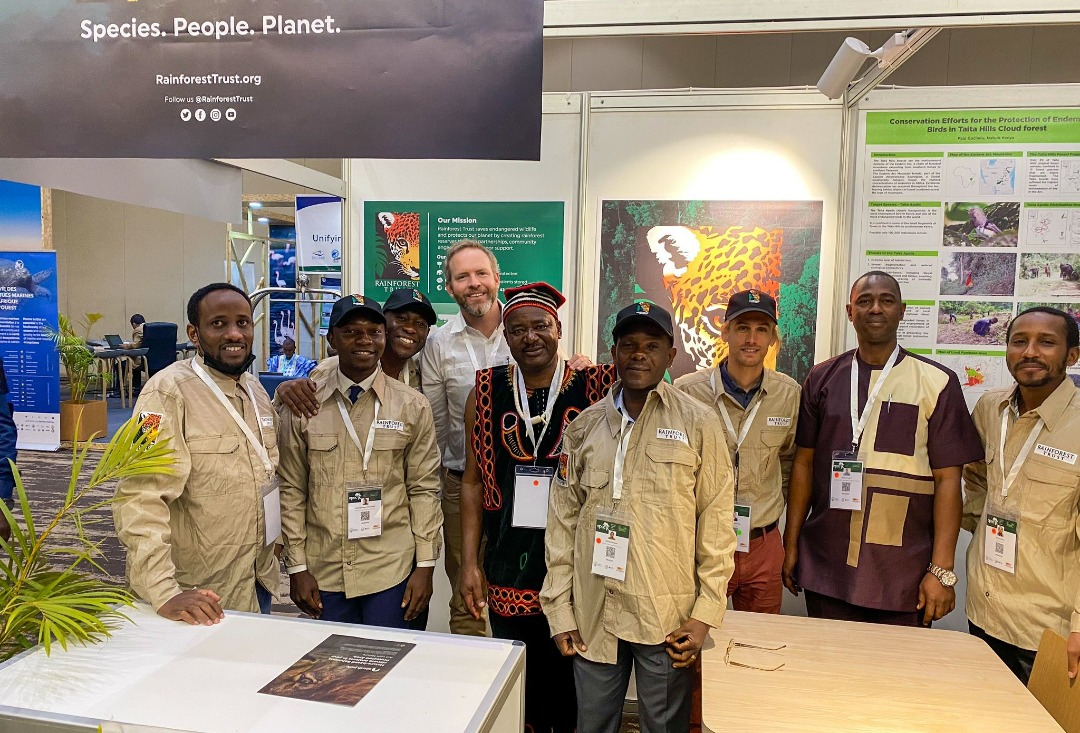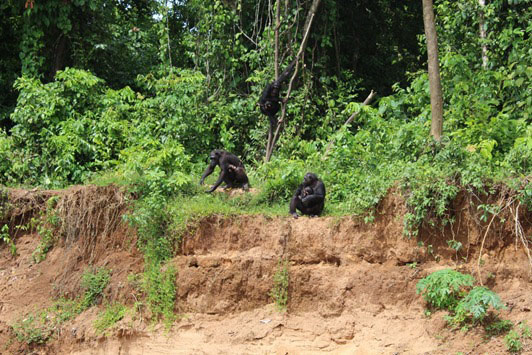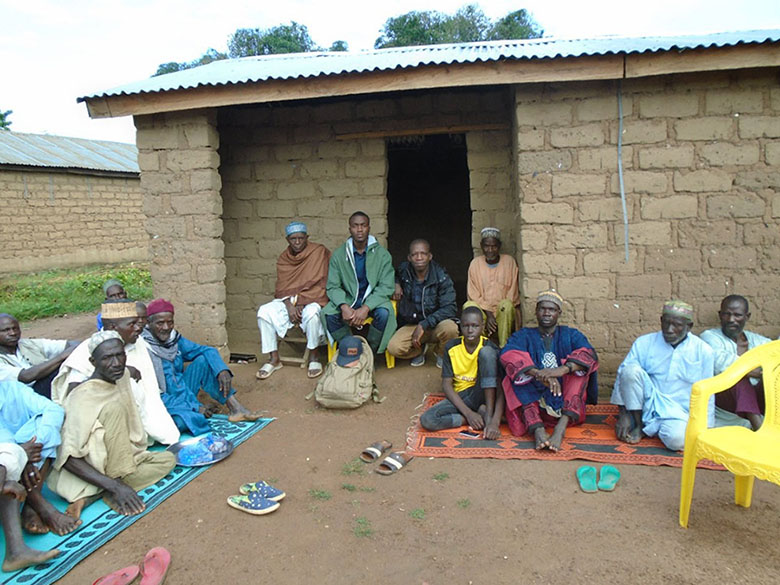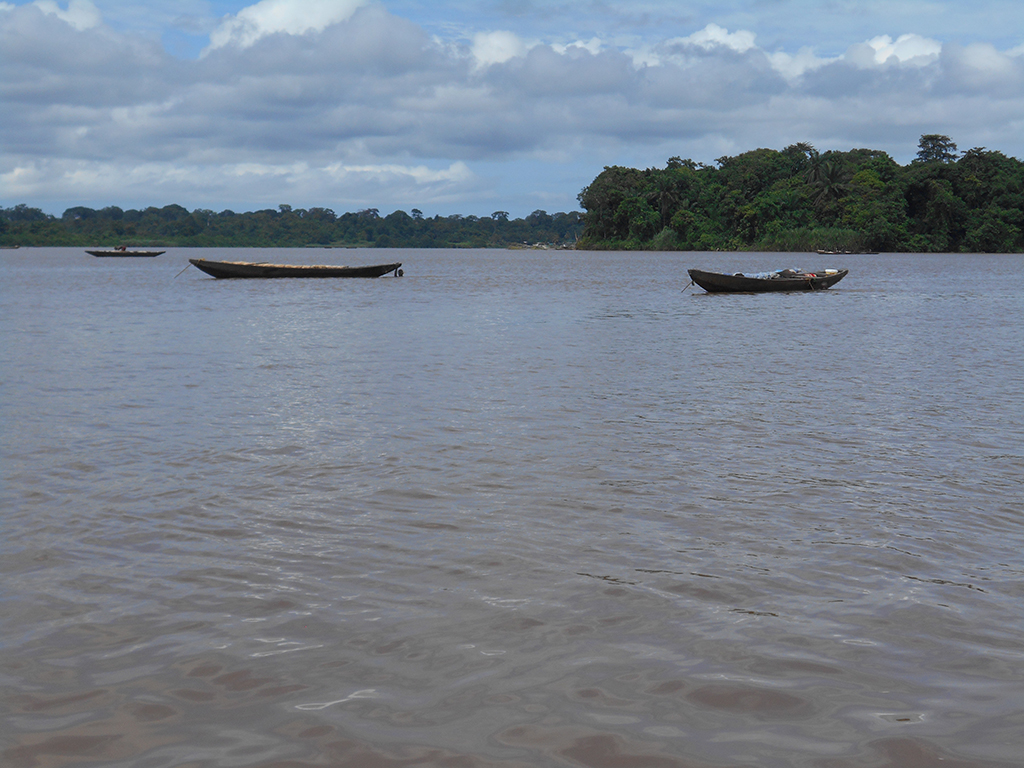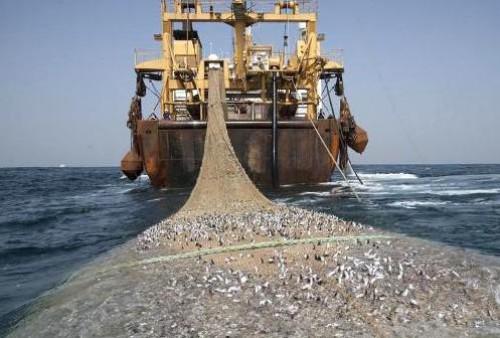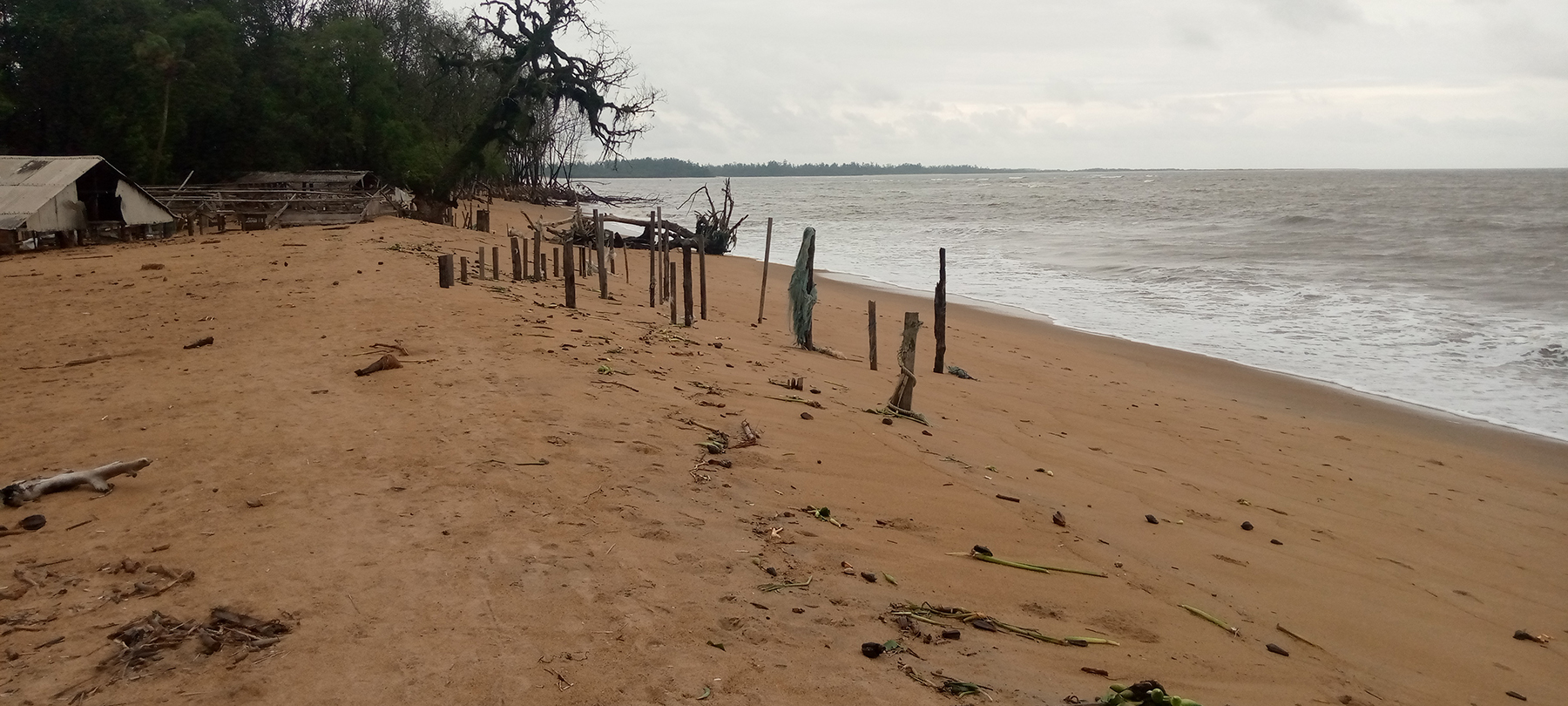In just two years, more than 330000 mangroves plants have been planted in Mouanko and Dibombari in the Littoral Region of Cameroon thereby putting 126 hectares of degraded land under restoration.
Restoration is carried out within the framework of the “Cameroon Mangrove Ecosystem Restoration and Resilience” (CAMERR) project, implemented by Planète Urgence and the Cameroon Network for the Conservation of Mangrove Ecosystems and Wetlands (RCM), of which CWCS is a member. The project aims to help restore the environment of this very sensitive areas by planting mangrove trees to regenerate the mangrove ecosystem.
In the first year of the project (2022), CWCS planted 100,250 trees on 40.1 hectares of land in Dibombari in the Moungo Division. Meanwhile, 215,000 plants are being planted over a surface area of 86 hectares in Mouanko, on the outskirts of the Douala Edea National Park, this second year of implementation of the project.
Mangroves play an important role in mitigating climate change. They support the emergence or strengthening of biodiversity-based value chains, promoting the local development of communities and building their capacity to adapt to the effects of climate change.
To support and perpetuate this action, awareness raising on the importance of mangroves and the need to manage them sustainably have been carried out. There is ongoing designation of certain areas as community forests and the participative identification and support for the implementation of income-generating activities (IGA) as alternatives to the exploitation of mangrove resources.
The coastal areas of Cameroonian are witnessing high population growth, leading to human pressure on resources due to the quest to satisfy the basic needs of local populations and urbanization. This threatens the forest ecosystems of the Atlantic coast in general and the mangrove ecosystem of the Cameroon estuary in particular, with considerable impact on wildlife habitats, biodiversity and natural resources in general, hence the livelihoods of coastal communities.


